Home
Research in the Department of Developmental Biology at Stanford is aimed at understanding the molecular mechanisms that generate and maintain diverse cell types during development. We use a variety of innovative approaches including genomics, computation, biochemistry, and advanced imaging. We study organisms ranging from microbes to humans and have a main interest in the evolution of these organisms. Our work has connections to many areas of human health and disease, including stem cell biology, aging, cancer, and diabetes. The research may lead to novel strategies for stimulating repair or regeneration of body tissues.
The Department is a dynamic, interactive research community situated in one of the world's best environments for biomedical research. Our Department is home to about 60 graduate students and 80 postdoctoral fellows who pursue innovative research projects at the leading edge of Developmental Biology. The achievements of our students and fellows have been recognized by many honors and awards, and many Stanford Developmental Biology alumni have become leaders in biomedical research, teaching, and medicine. More...


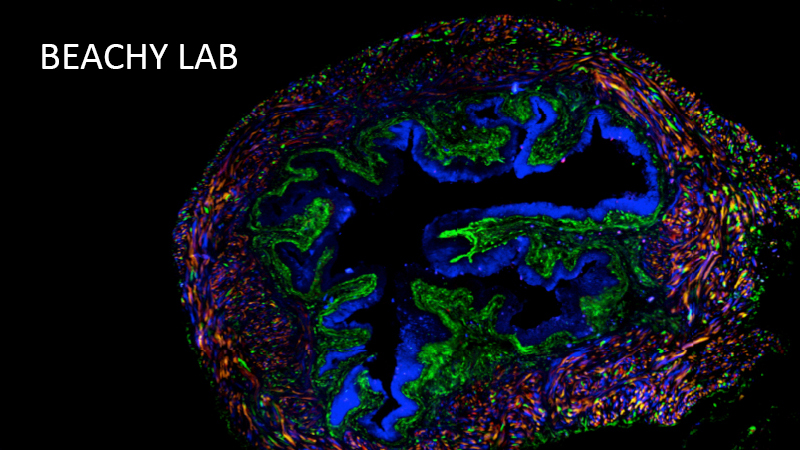
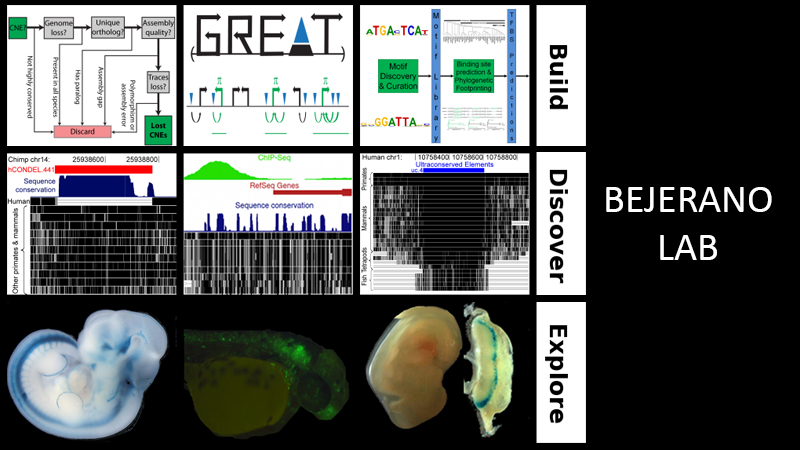
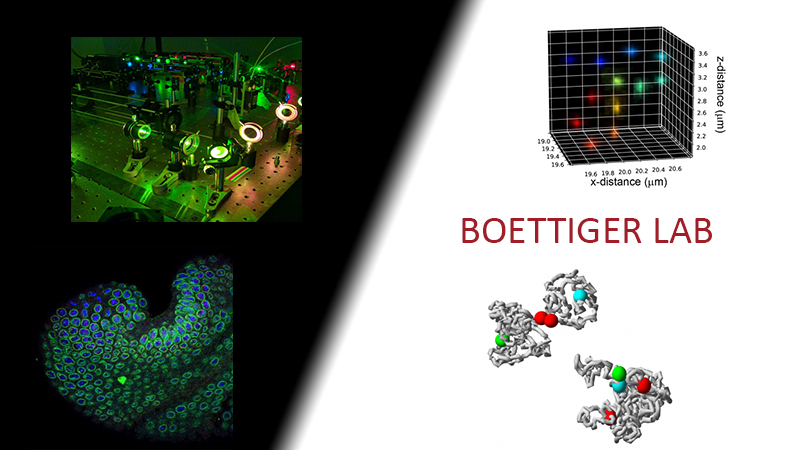
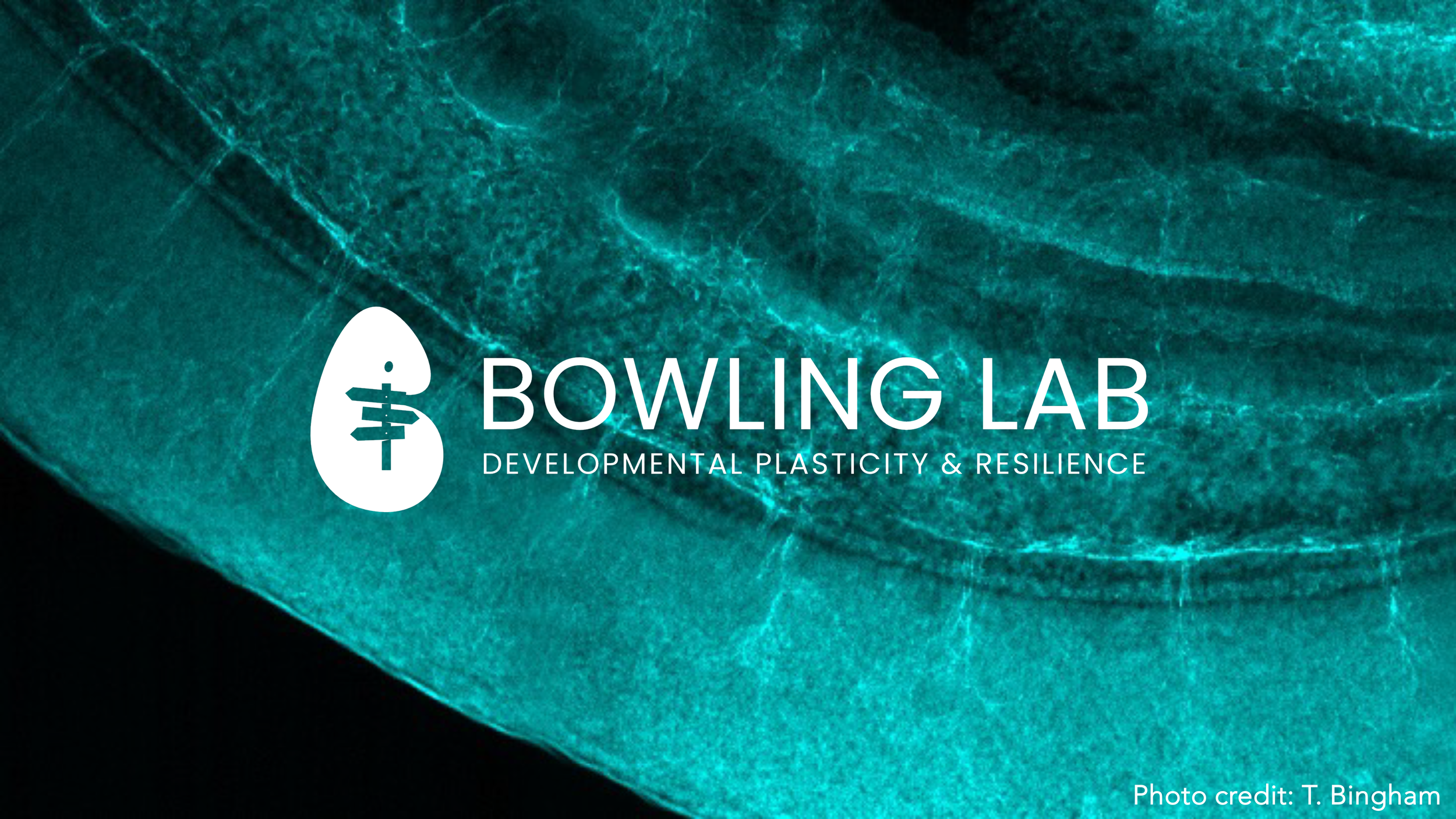
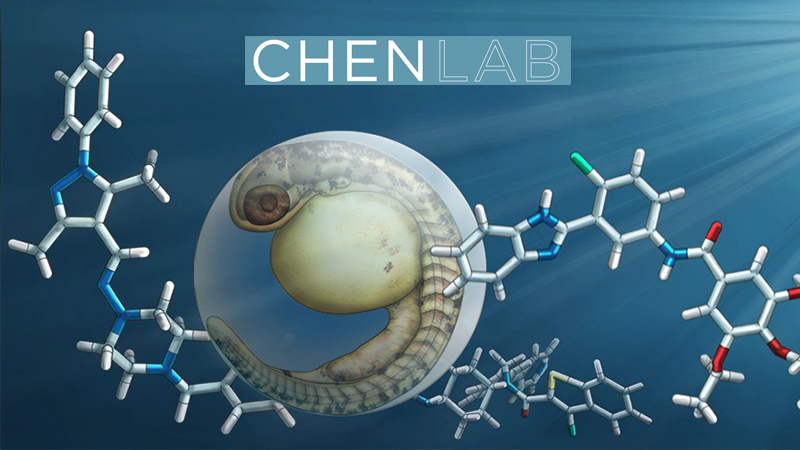
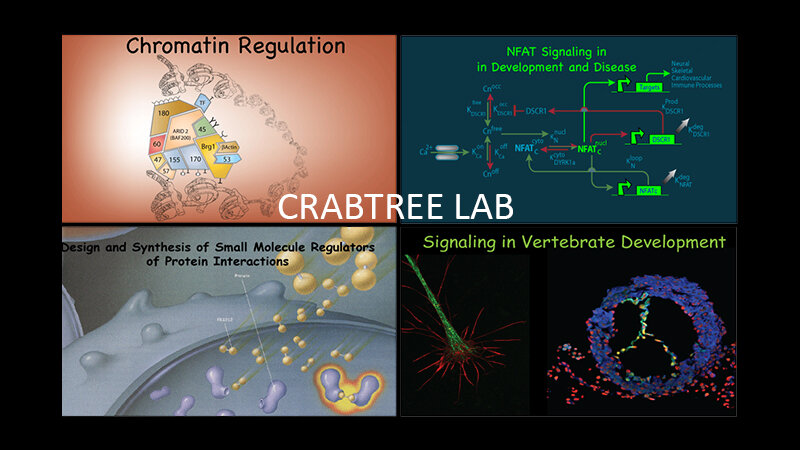
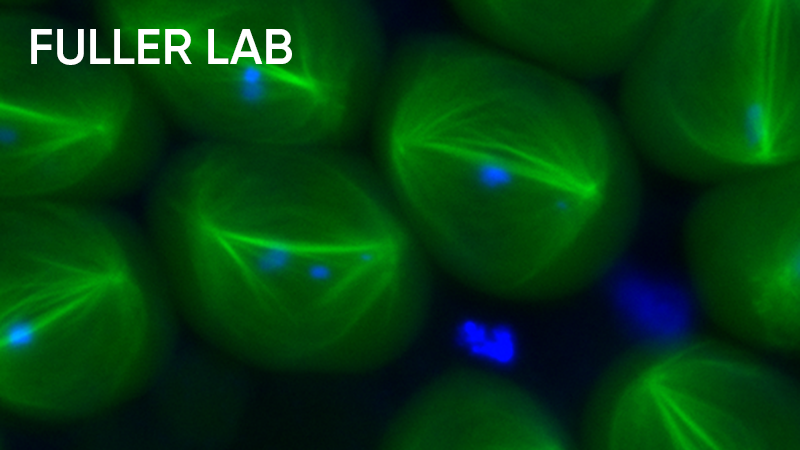
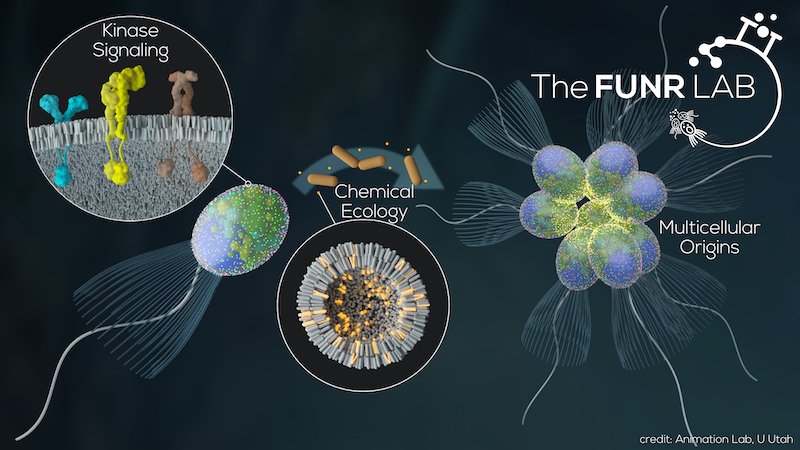
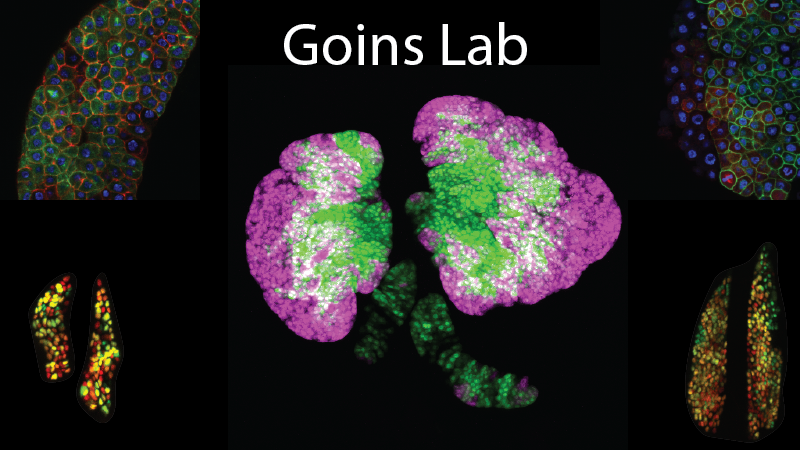
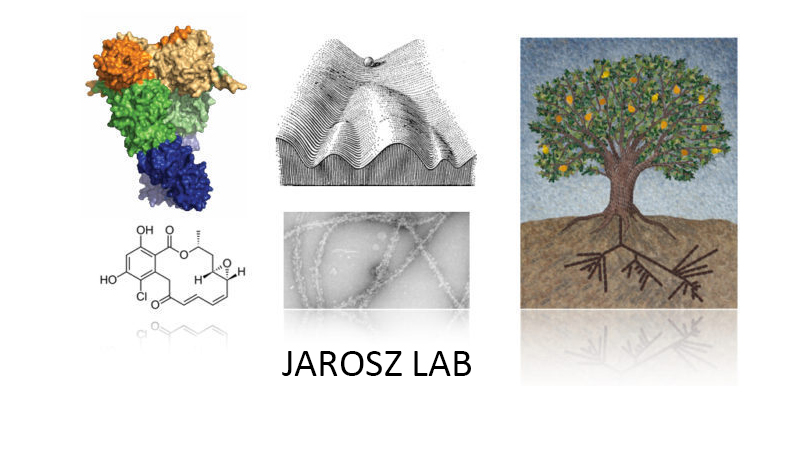
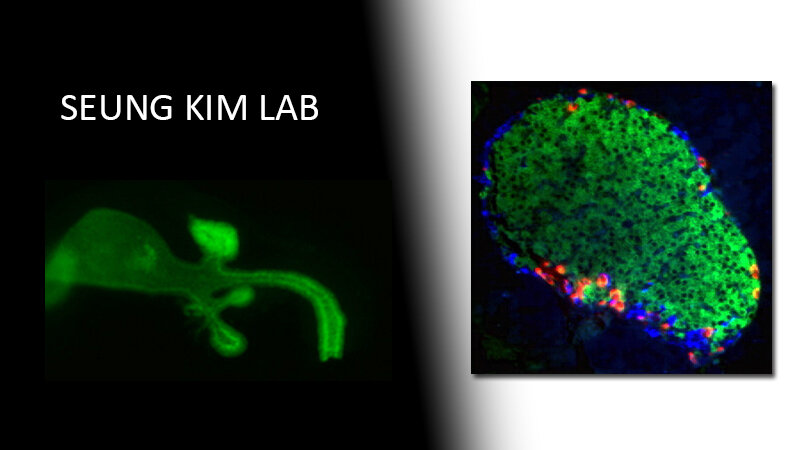
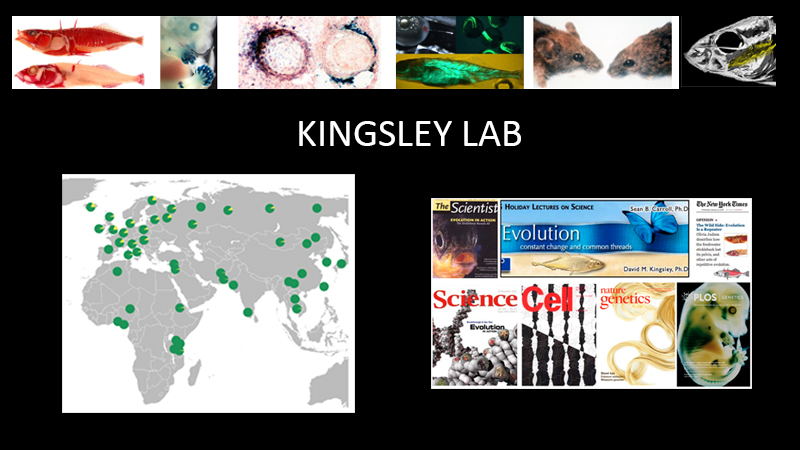
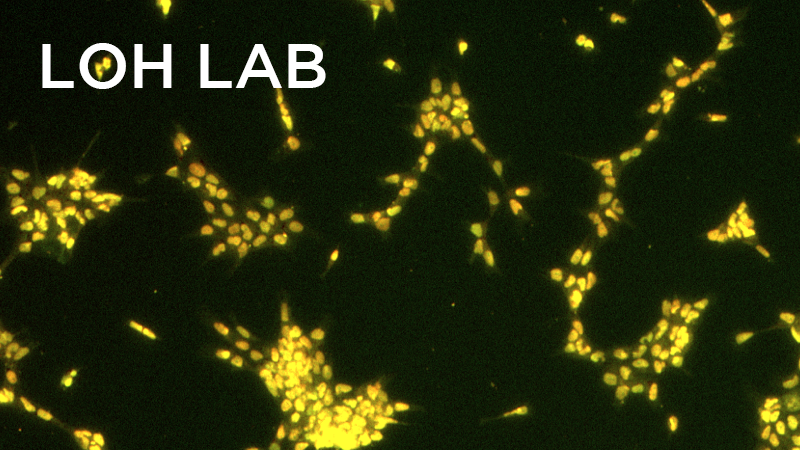
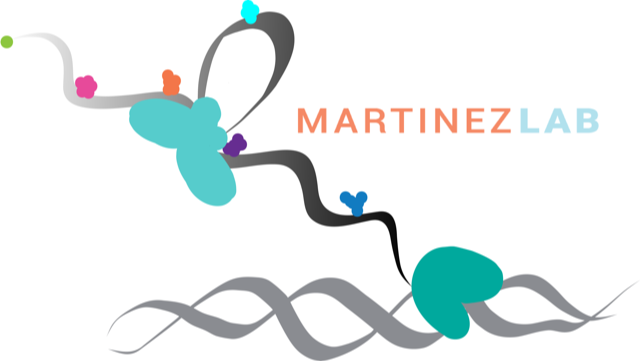
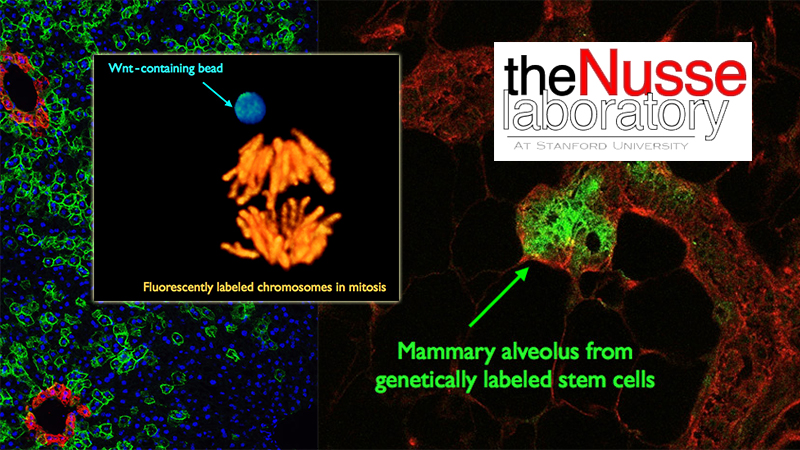
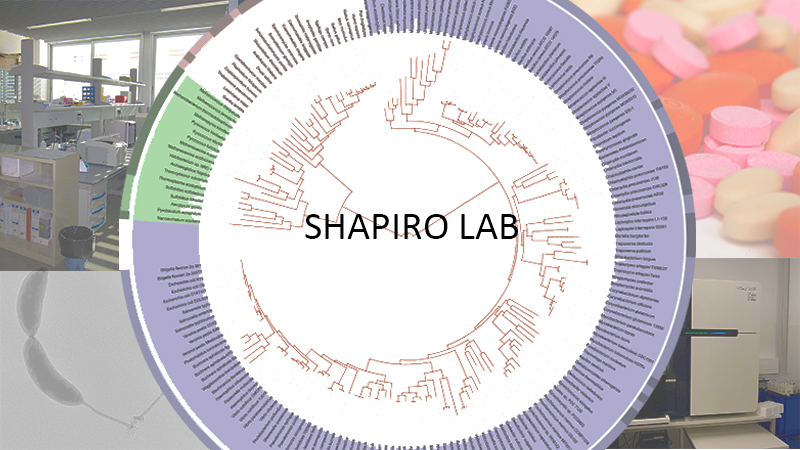
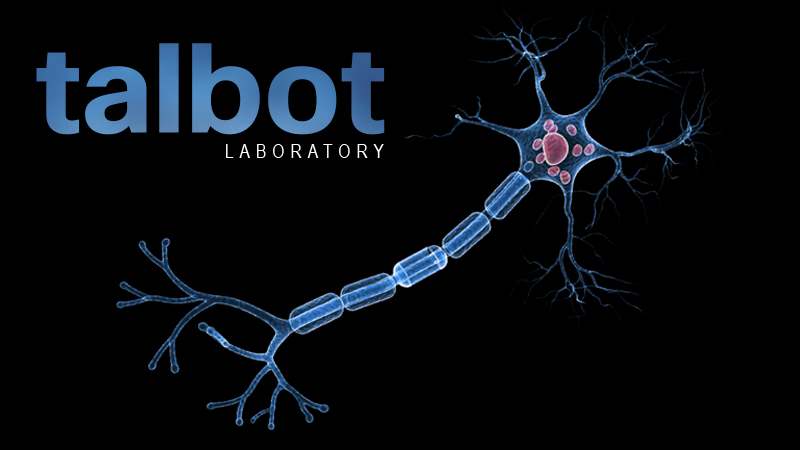
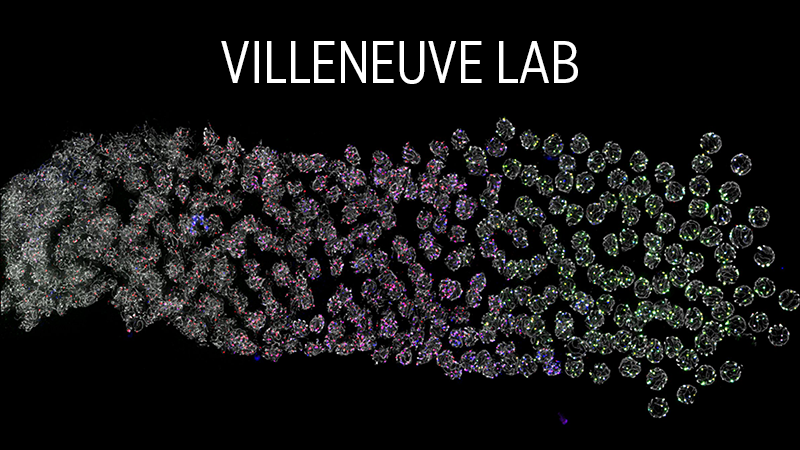
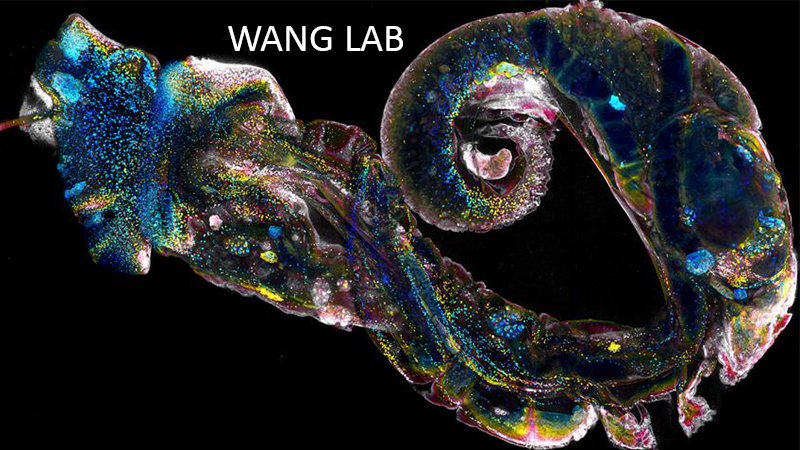
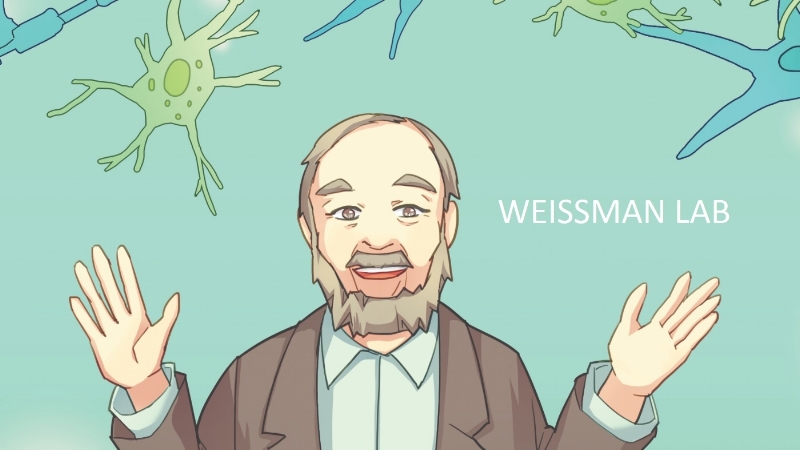
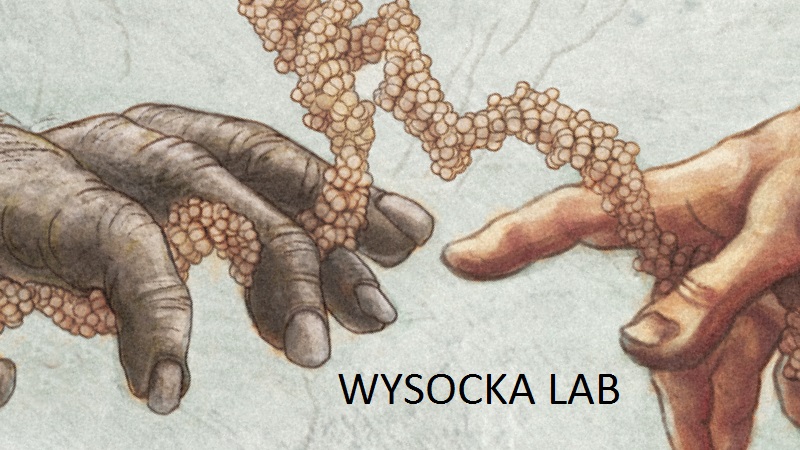




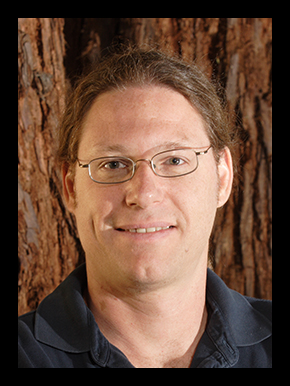






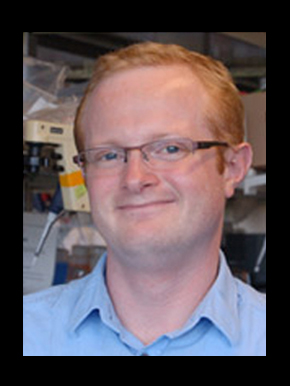
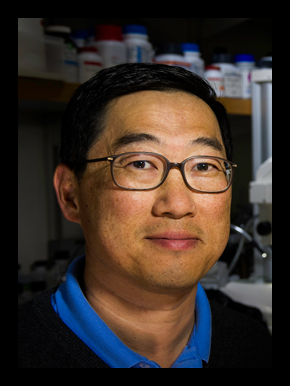











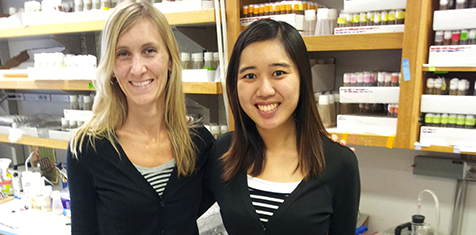
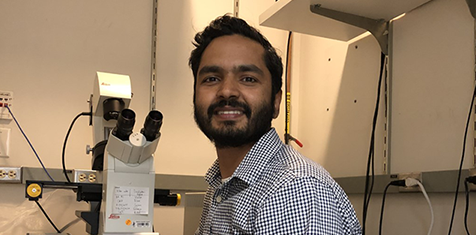



Veronica Behrens in David Kingsley's lab successfully defended her thesis titled "A stickleback approach to human evolutionary genetics" on August 8, 2024.